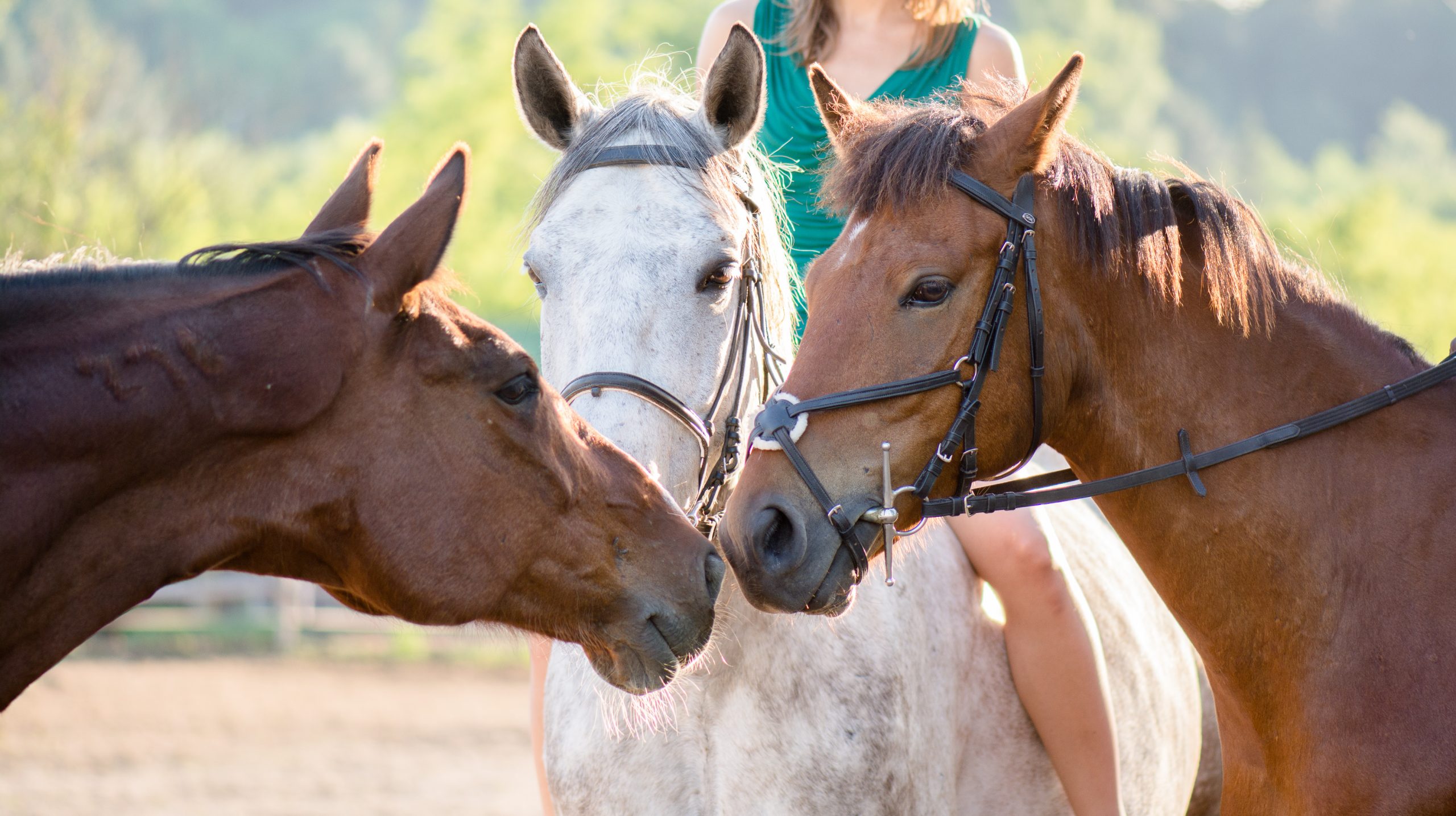Horse Wounds and Manuka Honey
July 08, 2015
Review of Manuka Honey Reveals it Controls Inflammatory Responses
Manuka honey, an organic substance that is found and cultivated in New Zealand has always been praised for its anti-bacterial and anti-microbial properties. These beneficial properties are in large part attributed to the presence of high levels of methylgluoxal in Manuka honey. But, aside from these bacteria-fighting abilities, a recent review of Manuka honey has also revealed that the honey can also help to influence the inflammatory response when a wound or abrasion occurs.
An article posted on HorseTalk.co.nz states that Manuka honey “can also influence the initial inflammatory response through activation of toll-like receptor 4 on monocytes to enhance production of cytokines that are important in tissue repair and regeneration.” Members of the Research and Clinical Training Unit, part of the Veterinary Teaching Hospital at Australia’s University of Sydney, have recently studied the effects of Manuka honey on wounds and abrasions found on the lower legs of horses.
This review of Manuka honey was published in the Equine Veterinary Education journal and the group noted that the effects the Manuka honey had seemed to be more closely related to its ability to incite an anti-inflammatory reaction rather than its anti-bacterial properties. The wounds were left open in an effort to heal them while using UMF 20 Manuka honey – during the studies, it was revealed that the wounds treated with Manuka honey healed more quickly and retracted less than wounds left untreated.
After the study, the researchers at the Research and Clinical Training Unit concluded that “based on the current knowledge, treatment with Manuka honey should be instituted as soon as possible after injury.” The group also states that, when bacterial contamination is substantial, Manuka honey with a UMF rating of 15 or higher should be used for the best results. Additionally, it is explained that while bandaging the wound will improve the contact between the affected area and the honey using bandages for a long period of time can often lead to excessive granulation tissue.
Manuka honey should be applied to the wound for a period of 21 days between three and four times a day according to the Research and Clinical Training Unit. Also, the group cautions that more is not necessarily better – “If topical treatment without a bandage is to be used, more honey is not necessarily better… “Using a thin film combined with regular application […] may be optimized.”


.jpg)



